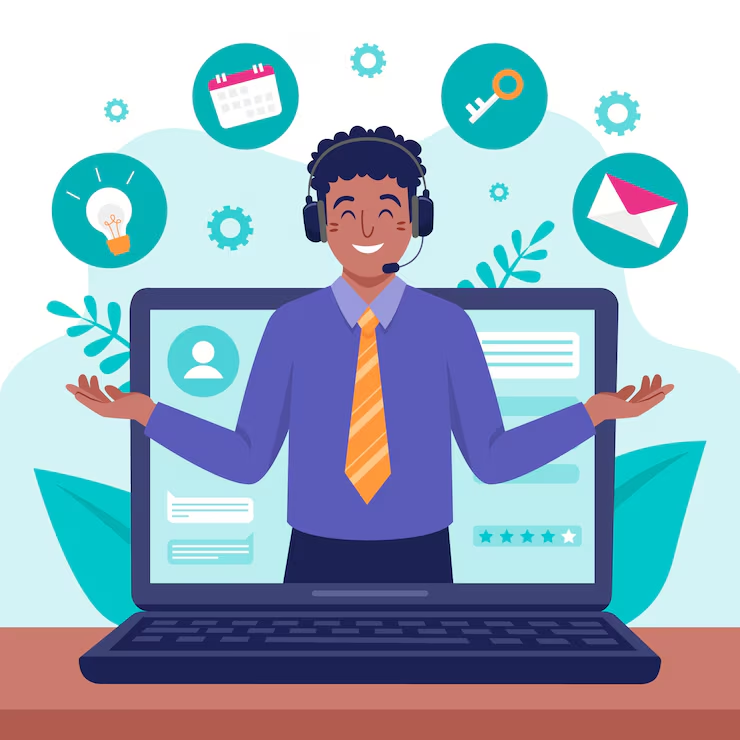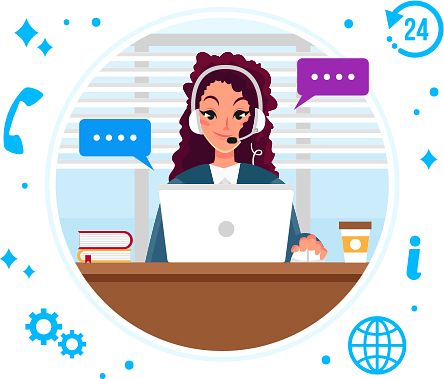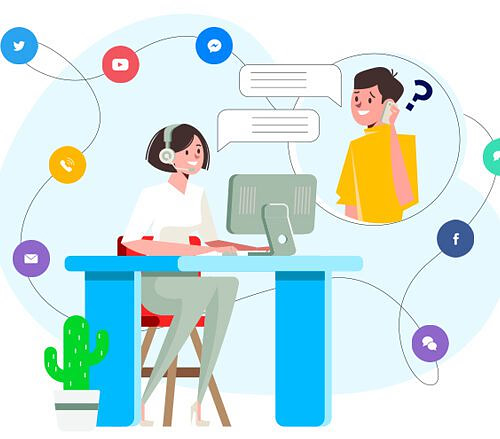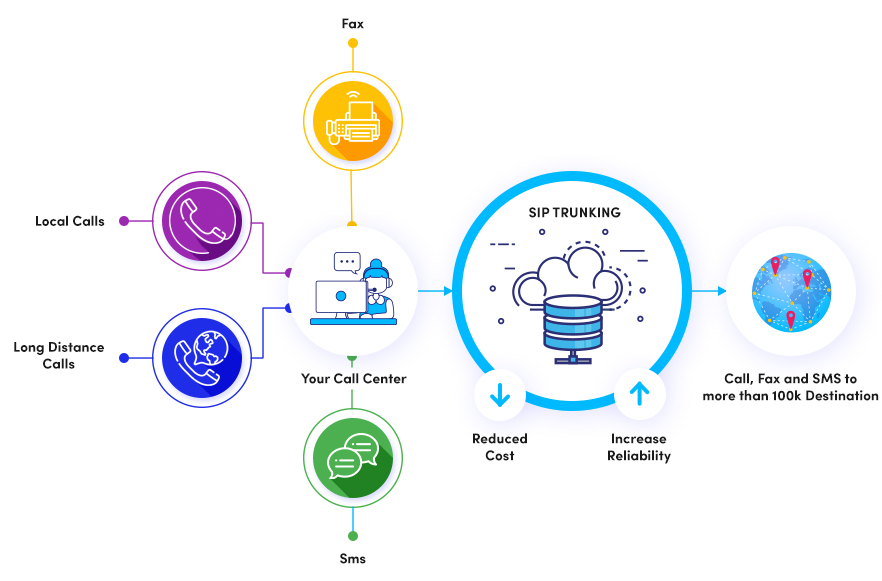Customer expectations have evolved—and so must your support strategy. While traditional call centers have long been the foundation of customer service, businesses in 2025 are shifting toward customer service software that brings speed, scalability, and personalization.
But what exactly sets customer service software apart from the old-school way of handling support calls and emails? And why are businesses—small and enterprise alike—making the switch?
Let’s explore the key differences, backed by real-world use cases, and help you understand how modern solutions like Telerain’s Omnichannel Contact Center Software are changing the game.
1. Speed and Efficiency: From Queues to Instant Resolutions
Traditional Support:
In the classic call center model, customers often wait on hold, press through IVRs, or send emails that take hours (or days) to get a reply. Agents handle one interaction at a time, leading to bottlenecks during peak hours.
Customer Service Software:
Modern platforms offer automated routing, AI assistance, and unified inboxes, allowing agents to handle multiple conversations across channels in real time. For instance, with Telerain’s Cloud Contact Center Software, customers can reach you via voice, email, or chat, and get help faster than ever.
Result: Better first-contact resolution rates and reduced customer wait times.
2. Omnichannel Support: One Inbox for All Conversations
Traditional Support:
Phone calls and siloed emails were the only channels. No visibility into customer history, previous tickets, or channel behavior.
Customer Service Software:
Today’s customer expects to reach your business through multiple channels—WhatsApp, email, voice, chat, and even social media. Tools like Telerain’s Omnichannel Contact Center unify these channels into one dashboard so agents can offer seamless and personalized support across every touchpoint.
Result: Consistent customer experience no matter where the conversation starts.
3. Scalability and Remote Readiness
Traditional Support:
Scaling traditional teams meant hiring more agents and expanding physical infrastructure—a costly and time-consuming effort. Support teams had to be co-located.
Customer Service Software:
Cloud-based systems like Telerain’s Call Center Software support remote agents, auto-scale during high traffic periods, and require no hardware investment.
Result: Businesses can scale faster without expanding their physical footprint.
4. Data-Driven Insights and Reporting
Traditional Support:
Legacy systems often lacked deep reporting tools. Managers had to rely on manual tracking or outdated metrics, which left little room for proactive decision-making.
Customer Service Software:
Real-time dashboards, sentiment analysis, and KPI tracking are built into platforms like Telerain. Whether you’re monitoring CSAT scores or agent performance, insights are just a click away.
Result: Improved decision-making and continuous service optimization.
5. Automation and AI Assistance
Traditional Support:
Everything was manual—from logging tickets to responding to FAQs. Human agents bore the full burden of resolution.
Customer Service Software:
Telerain’s AI-powered features help automate routine queries, suggest relevant help articles, and assist agents with live prompts—freeing up staff for more complex issues.
Result: Higher efficiency, less burnout, and lower operational costs.
6. Integration with Business Tools
Traditional Support:
Old systems operated in isolation. Support, sales, and marketing often worked in silos with no data sharing.
Customer Service Software:
Modern tools integrate with CRMs, helpdesks, knowledge bases, and more. Telerain’s solutions ensure agents have full context of the customer journey, helping them respond smarter and faster.
Result: Better collaboration across departments and more informed support responses.
7. Email Management that Actually Works
Email is far from dead—it’s a major customer support channel. Traditional email management systems often lacked SLA tracking or ticket prioritization.
With Telerain’s Email Management Software, teams can streamline responses, automate routing, and ensure compliance with response-time SLAs—critical for industries like finance, telecom, and healthcare.
Result: Faster, trackable, and more accountable email support.
Why Businesses Are Making the Shift
According to Gartner, over 60% of customer service leaders are investing in cloud-based, AI-powered platforms to improve agility and reduce costs. In a competitive market, this isn’t just a nice-to-have—it’s essential for long-term growth and customer retention.
Even small and mid-sized businesses are adopting platforms like Telerain to offer enterprise-grade support without the enterprise-level price tag.
Final Thoughts: It’s Time to Rethink Support
If your team is still relying on spreadsheets, static IVR menus, or siloed channels, you’re losing more than time—you’re losing customer trust.
Modern customer service software doesn’t just replace phone support—it redefines the entire customer experience. Whether it’s faster resolution, unified communication, or actionable insights, platforms like Telerain deliver the agility and intelligence your team needs to thrive.
Ready to Modernize Your Customer Service?
Let your support team do what they do best—connect with customers, not toggle between systems. Discover how Telerain’s powerful suite of tools can bring your support operations into the future.
Contact Us today for a free consultation or to schedule a demo.
Let me know if you’d like this exported as a Word doc or formatted for WordPress.





